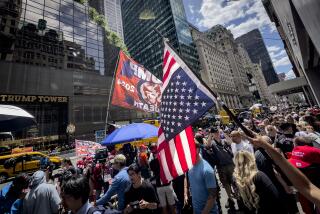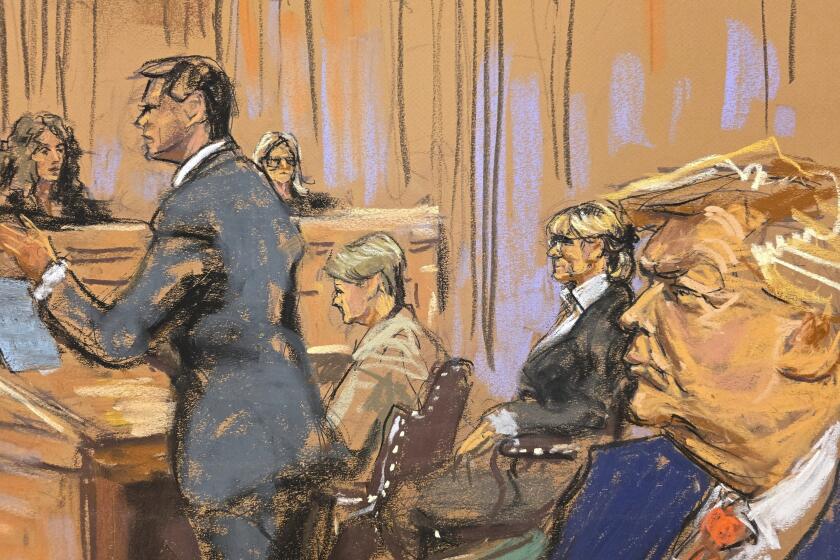Old blue-gray split shows in red state-blue state division
Back in 2000 some unsung network graphics specialist had the bright idea of flipping the traditional association of red with the left and blue with the right. On election night that year, when the newscasters began to report voting results, they turned to big maps with Republican majority states colored Che Guevara red, while states that went Democratic were awash in Margaret Thatcher blue.
Thus were red states and blue states born, a huge switcheroo that instantly recodified the way Americans perceive themselves and their nation.
In 2003, I won a Pulitzer Prize for editorial cartooning for a portfolio of cartoons that included “A Guide to Red and Blue America.” I thought it would be fun to republish the cartoon. The original version was large, taking up most of a newspaper page, so I have split the drawing into two parts — Part 1 today and Part 2 on Monday.
The content of the cartoon has held up pretty well. If anything, the social and political divisions that I lampooned have grown even more stark — or at least the constant media references to red and blue America have made us increasingly aware of differences that have been in the background for a very long time.
There has always been a divide between city and country, of course. In colonial times, the Dutch-descendant bankers and ship owners of New York were quite distinct from the immigrant Scotsmen in leather leggings and coonskin hats on the Kentucky frontier. Even when most Americans were Christians, there was a big contrast between the humanistic Unitarians of New England and the tongues-speaking tent revival Baptists below the Mason-Dixon line.
Our bloodiest war was fought between ourselves, with one side believing the federal government had the right and duty to hold the country together and ban an evil institution, while the other side resisted federal power over any state that wanted to do things its own way — even if that way was morally indefensible.
That conflict echoes down through the canyons of history to the present, from the ludicrous show of defiance at Cliven Bundy’s ranch in Nevada to the battles over voting rights in North Carolina and Ohio. The red and blue divide is not unlike the split between blue and gray 150 years ago. The blue states of the West Coast, the upper Midwest and the Northeast generally support the federal government’s role in protecting the environment, keeping corporate power in check and enforcing civil rights. The red states of the South, lower Midwest and Mountain West would just as soon be left alone to run things as they see fit without Washington interfering.
Maybe the more things change, the more they stay the same.
More to Read
A cure for the common opinion
Get thought-provoking perspectives with our weekly newsletter.
You may occasionally receive promotional content from the Los Angeles Times.











